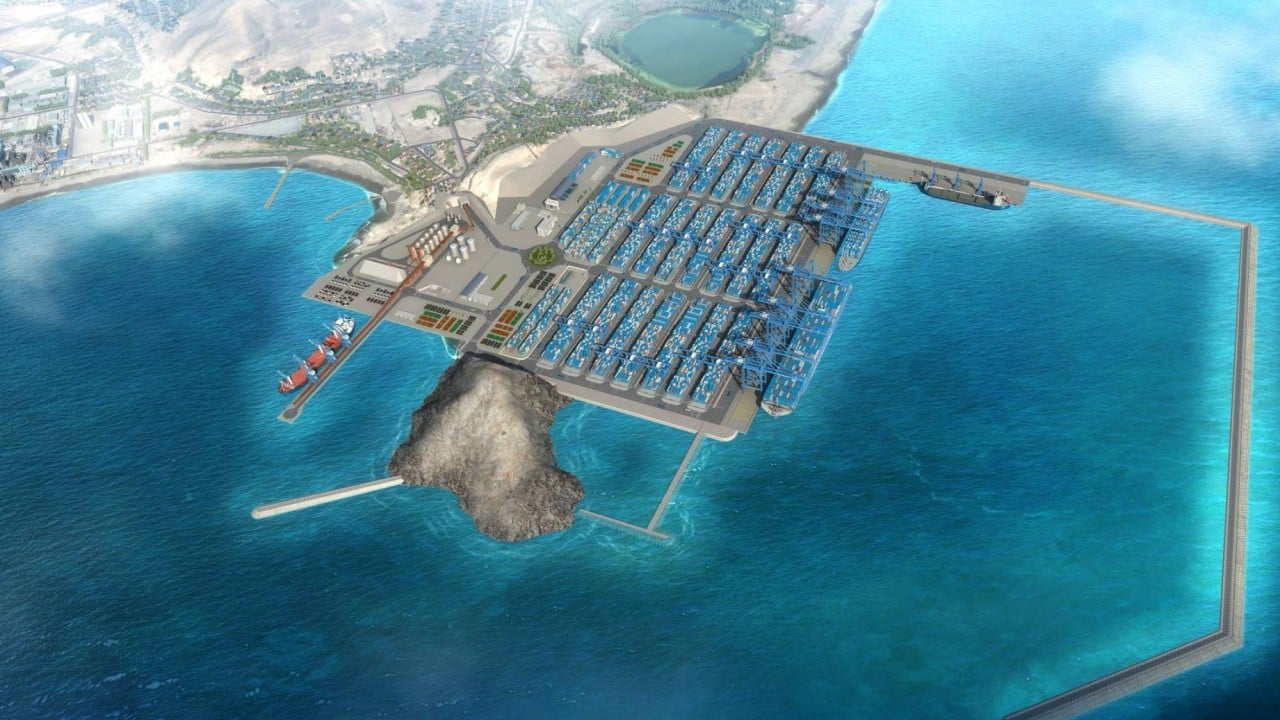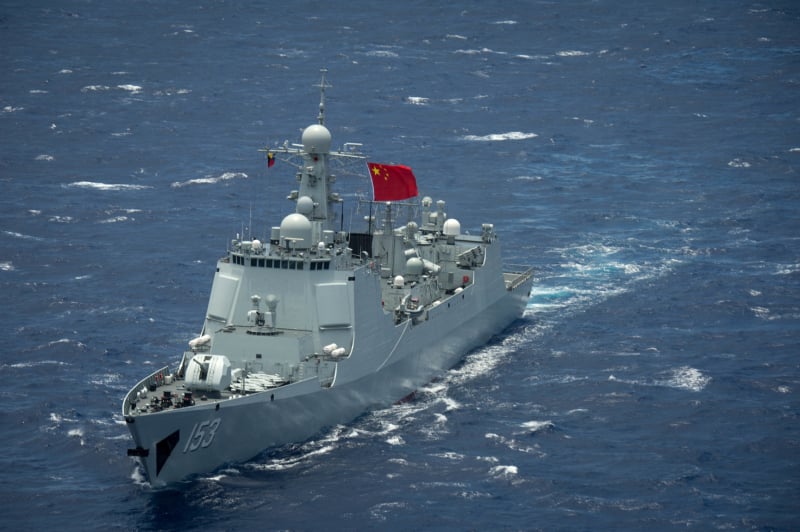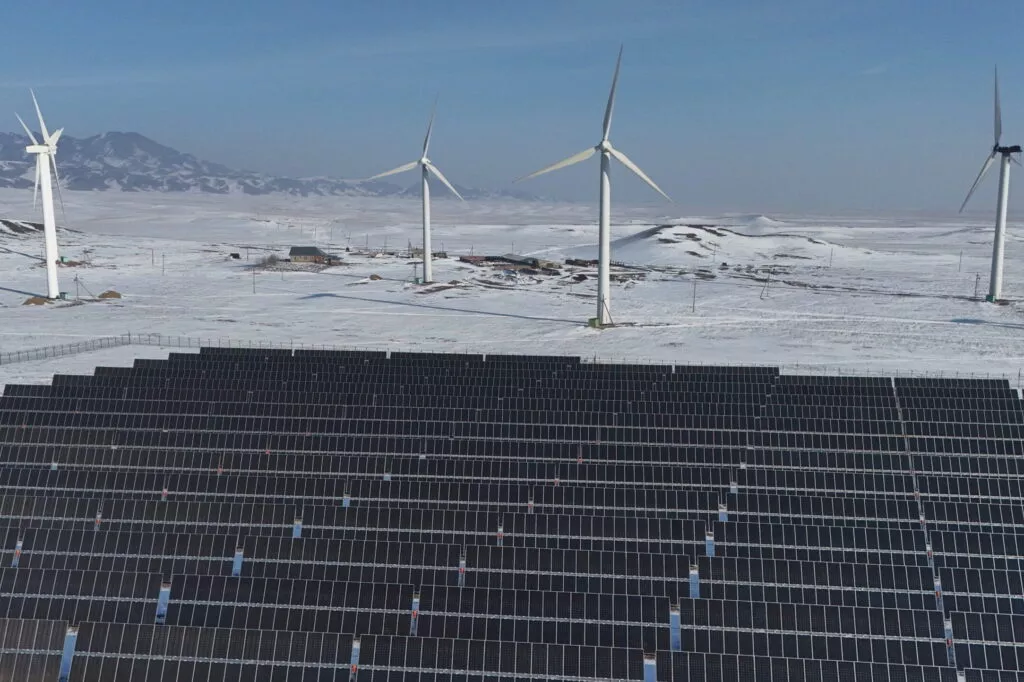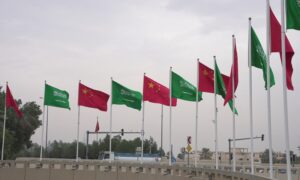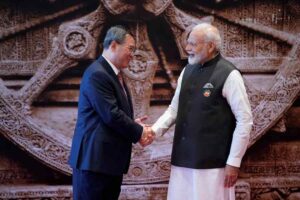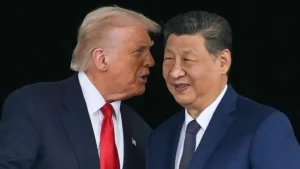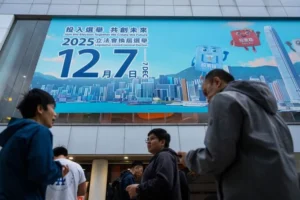Will China funded Peruvian port become next Hambantota?
Latin America, which lies in the backyard of the US, is abuzz these days with enhanced Chinese activities in terms of infrastructure development under the controversial Belt and Road Initiative. But since no Chinese involvement comes without security implications, the US is particularly worried about Beijing’s construction of a deep-sea port in Peru, which is being financed through the BRI scheme at the cost of $3.6 billion.
Currently, locked in a legal battle over how much control its developer will get, the deep-sea port has triggered a widespread concern among America’s strategic community members. They fear that given China’s deep ties with Peru, the port which is being developed at Chancay, located 60 km away from Lima, could be converted for military use, jeopardising the US’s interest in the region.
The under-construction port is not very far away from the US. Distance between Peru and the US is around 5580.07 km. Gen Laura Richardson, head of US Southern Command (SOUTHCOM) in an interview with Newsweek said, “They are on the 20-yard line, in the red zone to our homeland.”
From November 2024 onwards, operations of the port, being constructed by Chinese state-backed Cosco Shipping Ports, are expected to start following its inauguration by President Xi Jinping during his visit to Peru to attend the Asia-Pacific Economic Cooperation summit in Lima, Reuters reported.
Commissioned in 2019, the deep seaport, being constructed at Chancay, will facilitate smooth and enhanced trade links between Latin America and Asia. It is also argued that the port will save valuable shipping time by reducing the need for transiting either through the Panama Canal or Cape of Horn. The South China Morning Post said the port will serve not only Peru, but also become “the primary connecting points for goods from Ecuador, Chile, Colombia and Brazil bound for China.” In 2023, these five countries exported around $135 billion worth of goods to China.
However, experts feel even if the main motive of China behind developing a big dip seaport in Peru could be trade, but in future if Beijing decides to use it for docking naval vessels as already seen with the Chinese-built Hambantota Port in Sri Lanka, it would pose a big security threat to the US.
This fear gets further accentuated by the fact that China’s Cosco Shipping Port has a 60% stake in the said port, while Peruvian company Volcan holds the rest. Given this, what concerns security experts the most is that all the back-end infrastructure of the port in Chancay will be under the control of a foreign power like China.
In particular, it is feared that Chinese operators can gather intelligence on the types of ships and cargoes passing through the port. Besides, operators can even seize a particular cargo or prevent docked ships from leaving, disrupting supply chains and international trade.
Then ports developed by the Chinese companies have been found to be designed for dual civilian and military use like Sri Lanka’s Hambantota Port and Bahamas’s Abaco Port. According to the Centre for Strategic and International Studies, a US-based think tank, Chinese state enterprises have 40 port building or upgrading projects in Latin America and the Caribbean.
Almost all of them are handled by Chinese companies. Some of these projects are geographically close to the US; such as the Chinese port facility on the island of Abaco in the Bahamas. Abaco is a dual use port which is close to Southern Florida, the location of the US Defence Department’s SOUTHCOM, headquarters in Miami. Other Chinese projects such as Argentina’s polar logistics facility on Beagle Channel is close to the Strait of Magellan, a 570 km sea route which separates South America from North America.
Such developments of China in the Western Hemisphere, including under-construction Chancay port in Peru and burgeoning space capabilities of the East Asian country have led to generating a sense of unease among American security experts.
The growing list of China’s ports and other infrastructure projects in the Western Hemisphere “could disrupt US commercial and naval operations in the region,” Ryan C Berg, the Director of the Americas Programme at the Centre for Strategic and International Studies, said in his column.
In the meanwhile, Chinese company Cosco has found itself in the choppy waters of Peruvian politics over the controlling power of the Chancay port. There is a legal dispute over how much control the port’s developer will get.
As per various media reports, Cosco agreed to finance the port’s construction on the understanding that it would be granted exclusive operating rights because of its being a major stakeholder in the port.
In March this year, Peru’s supervisory agency, known as Ositran, threw cold water on the Chinese company’s plan after it reported irregularities in the contract. Ositran said the country’s National Port Authority, which signed the agreement with Cosco for the development of the Chancay port, lacked legal authority to grant exclusive operating rights to the Chinese company.
Upset with this, Cosco has threatened the Peruvian government that if the matter is not resolved in six months, it would take the case to an international court of arbitration. People familiar with China’s behaviour, term it as usual pressure tactics that state-backed Chinese companies apply on those who come in the way of their plans, even as most of them happen to be opaque and riddled with irregularities.
Since Peru needs investment to shore up its economy, the issue will be resolved to enable the Chancay port’s inauguration at the hands of President Xi Jinping in November this year, China watchers say. In fact, Beijing will never like its strategy that it has worked out for years around the US, to fail. It will ensure that its move in Latin America remains far from being challenged. In that case, how the US handles assertive China’s approach in its backyard, will have to be seen.
